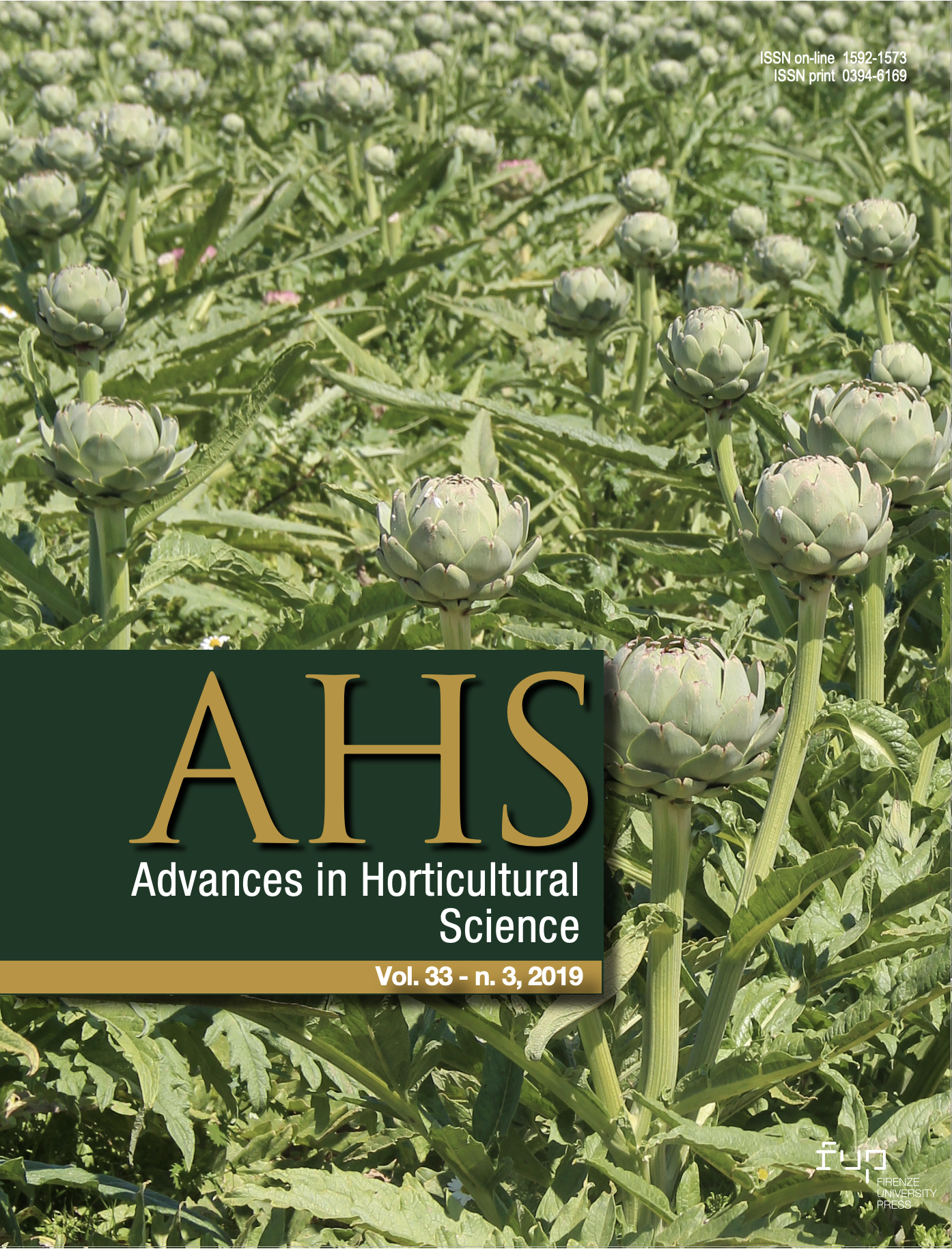Published 2019-10-29
Keywords
- Agro-industrial residues,
- Amaranthus cruentus,
- Bio methane potential,
- Jatropha curcas L.,
- milk whey
- Pelargonium graveolens ...More
How to Cite
Abstract
The aim of this study is to evaluate the performances in the early stages of biogas production of various unconventional and low inputs crops, such as: kenaf (Hibiscus cannabinus L.), amaranthus (Amarathus cruentus L.), sorghum (Sorghum bicolor L.), and sunflower (Helianthus annuus L.). Moreover, according to a circular economy approach, that foreseen the re-use of all the materials, a wide range of agro-industrial residues were tested such as: pomace, olive oil cake, cow milk whey, ewe milk whey, beer residues, jatropha (Jatropha curcas L.) oil cake and pelargonium (Pelargonium graveolens L.) residues after essential oil extraction. The biogas production was estimated starting from the chemical composition of the substrates as well as through tests in bench’s static reactors. The results showed that the use of silage from crops with reduced agronomic requests (kenaf and amaranthus) versus a conventional crop (corn) led to comparable, or even better, biogas production performances during the initial stages. Moreover, the performance of some residues from the milk industry allowed to conclude that the ewe milk whey can be considered a booster feedstock for the first phase of digestion. All the tested substrates produced a digestate suitable, according to the Italian rules, for soil fertilization or amendment.






